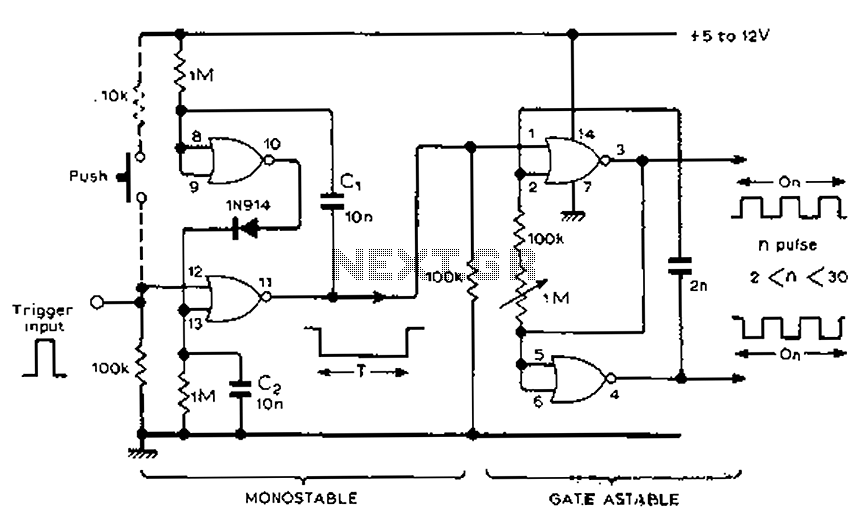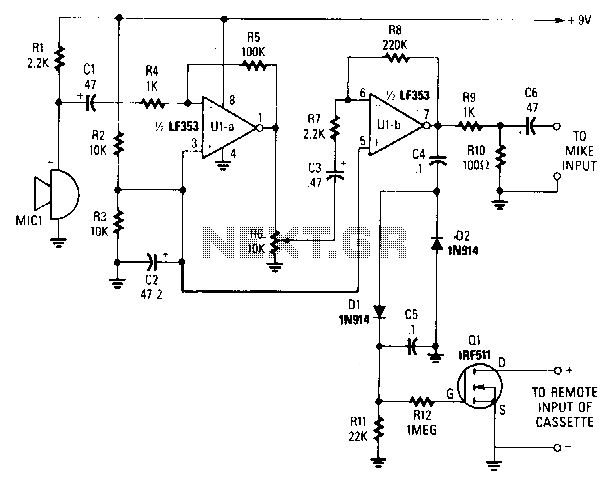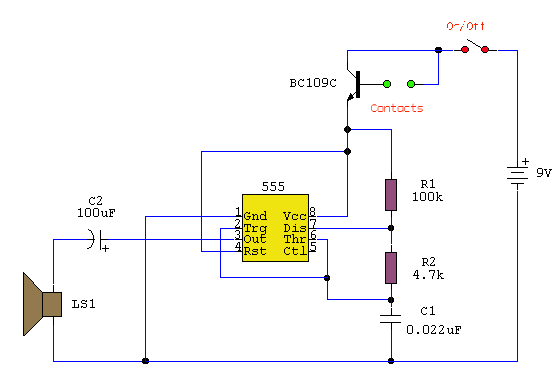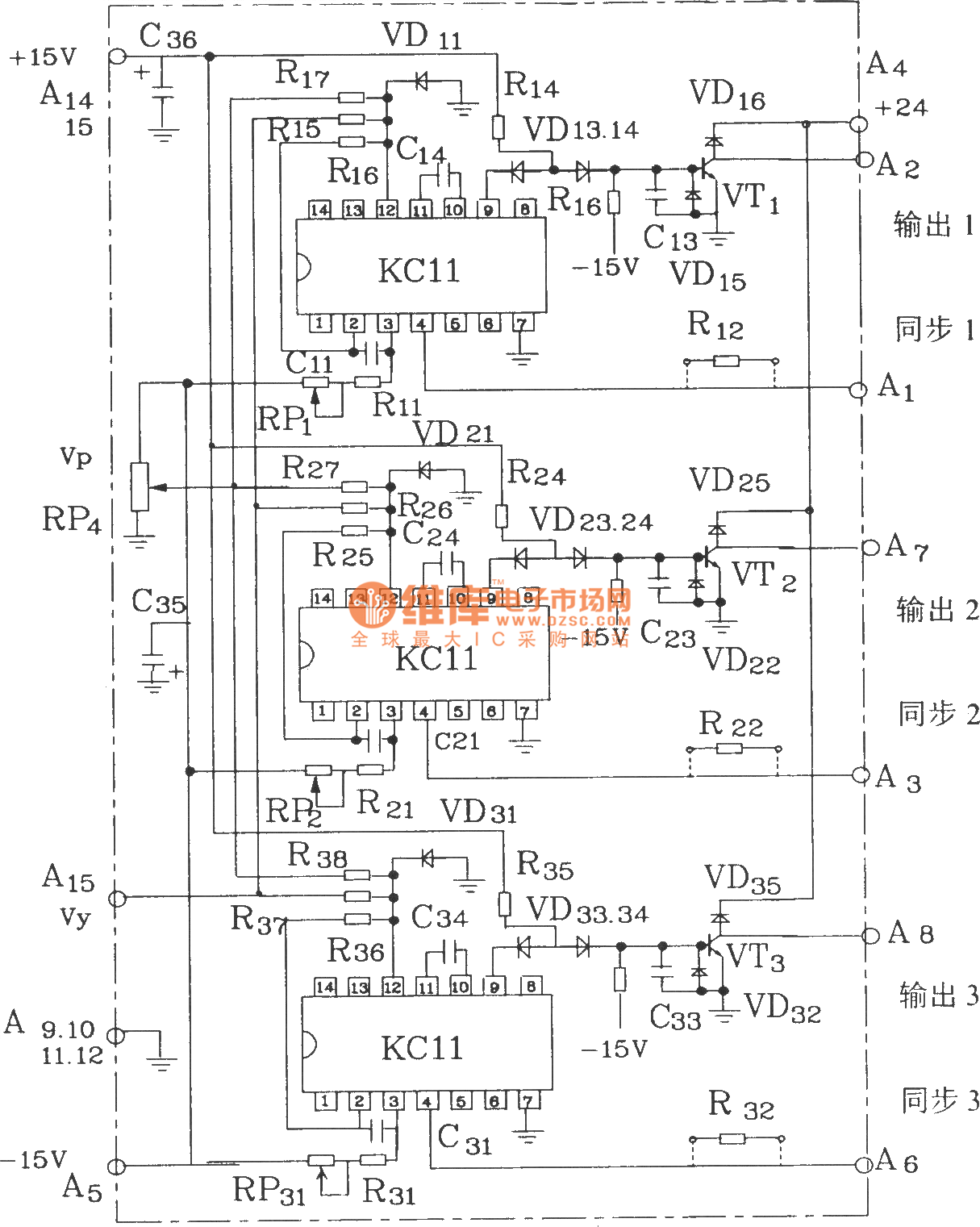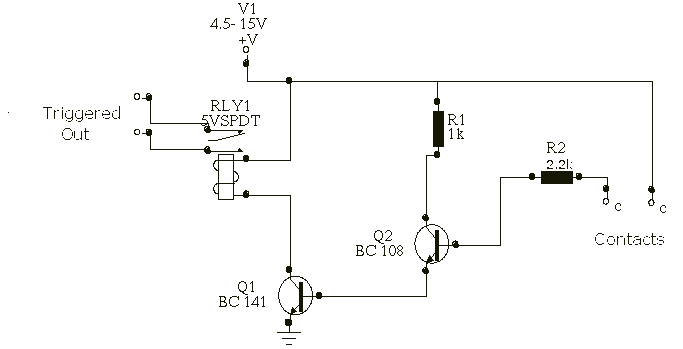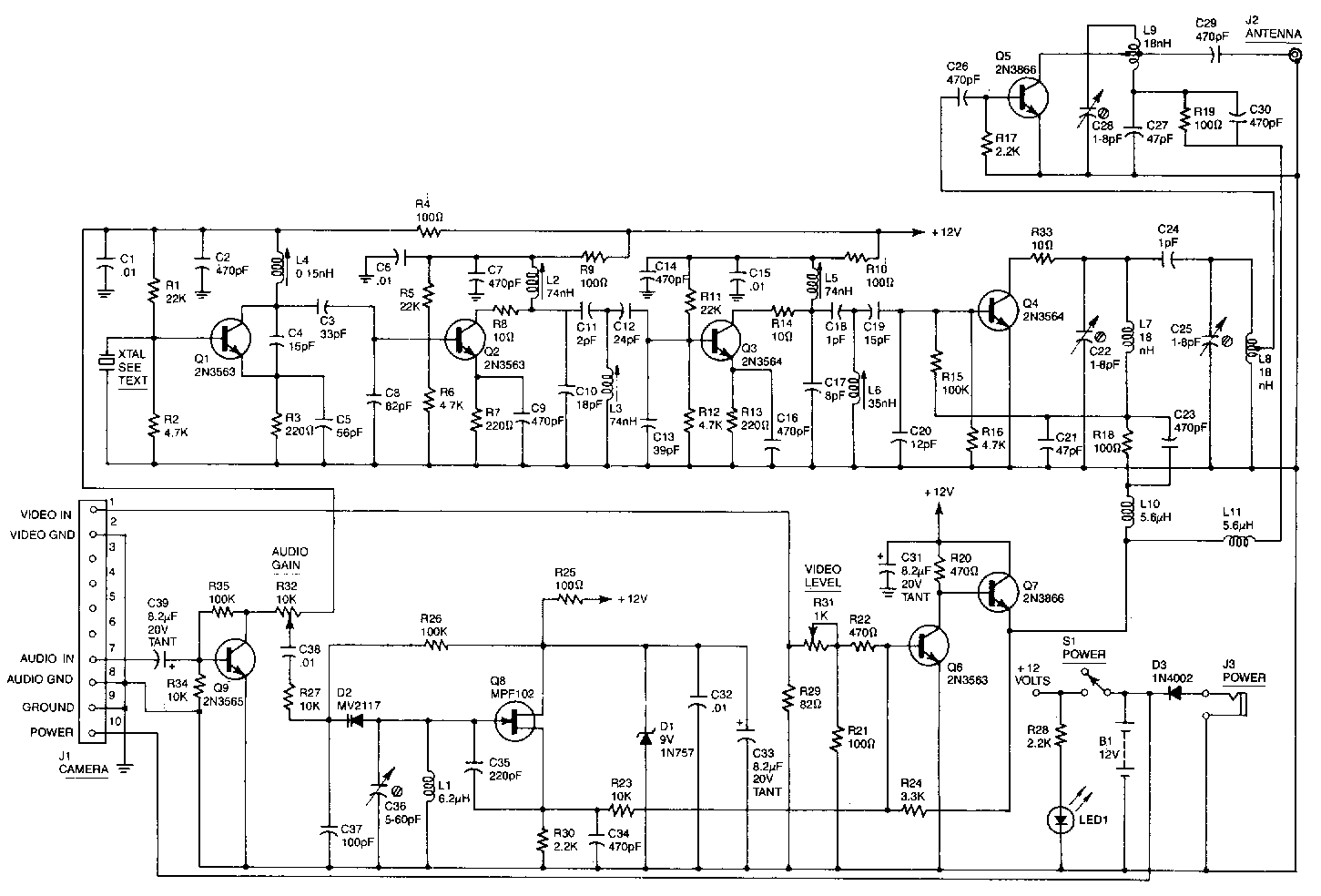
Lightning Activated Camera Shutter Trigger
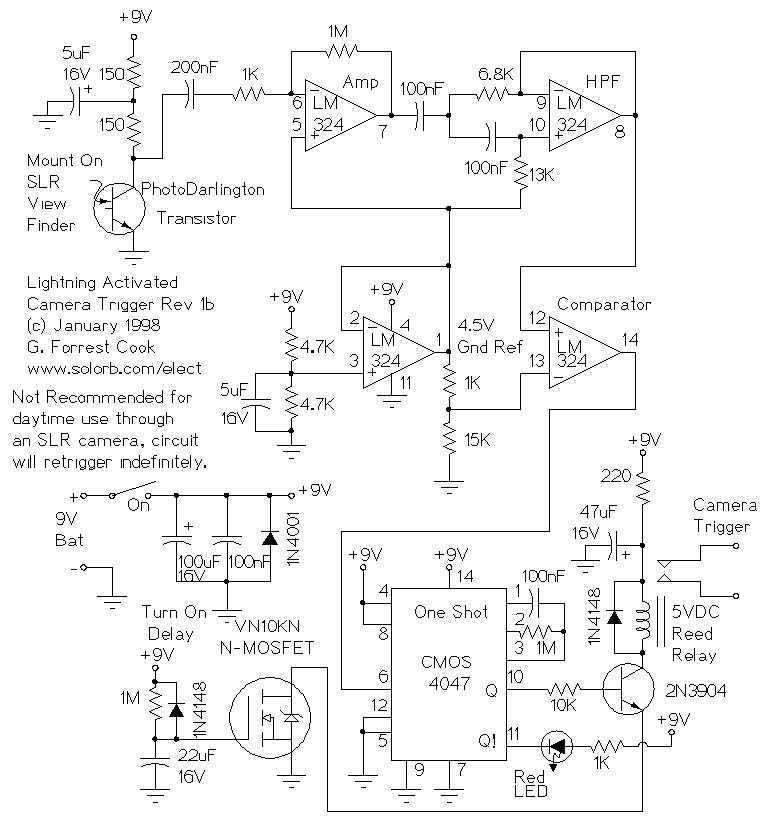
This circuit is used to trigger a camera's electronic shutter circuit when a flash of lightning is present. This circuit would also work for photographing fireworks displays or other events involving flashes of light. More: In a nutshell, the photo darlington converts light pulses into electrical pulses, the first LM324 section amplifies the electrical pulses, the second LM324 section is a high pass filter that only passes quick changes (lightning). The third LM324 stage is
The circuit described is designed to detect brief bursts of light, such as those produced by lightning or fireworks, and subsequently trigger a camera's electronic shutter. The core component of this circuit is the photo Darlington pair, which is utilized for its high sensitivity to light. When exposed to a flash, the photo Darlington converts the incoming light pulses into corresponding electrical pulses.
The output from the photo Darlington feeds into the first stage of the LM324 operational amplifier, which is configured as a non-inverting amplifier. This stage serves to amplify the weak electrical signals generated by the photo Darlington, ensuring that subsequent stages have a robust signal to process.
Following amplification, the signal is directed to the second LM324 stage, which functions as a high-pass filter. This filter is crucial because it is designed to allow only rapid changes in the signal to pass through, effectively filtering out slower variations and noise. This characteristic is essential for distinguishing the quick flash of lightning or fireworks from ambient light conditions.
The output from the high-pass filter then proceeds to the third LM324 stage, which may be configured as a comparator or a trigger circuit. This stage is responsible for determining when the amplified and filtered signal exceeds a certain threshold, at which point it generates a trigger signal. This trigger signal can be used to activate the camera's shutter mechanism, capturing the moment of the flash.
Overall, this circuit is a practical solution for photographers aiming to capture fleeting moments of light, utilizing the fast response times of the LM324 operational amplifiers and the sensitivity of the photo Darlington pair to ensure accurate triggering.This circuit is used to trigger a camera`s electronic shutter circuit when a flash of lightning is present. This circuit would also work for photographing fireworks displays or other events involving flashes of light.
In a nutshell, the photo darlington converts light pulses into electrical pulses, the first LM324 section amplifies the electrical pulses, the second LM324 section is a high pass filter that only passes quick changes (lightning). The third LM324 stage is 🔗 External reference
The circuit described is designed to detect brief bursts of light, such as those produced by lightning or fireworks, and subsequently trigger a camera's electronic shutter. The core component of this circuit is the photo Darlington pair, which is utilized for its high sensitivity to light. When exposed to a flash, the photo Darlington converts the incoming light pulses into corresponding electrical pulses.
The output from the photo Darlington feeds into the first stage of the LM324 operational amplifier, which is configured as a non-inverting amplifier. This stage serves to amplify the weak electrical signals generated by the photo Darlington, ensuring that subsequent stages have a robust signal to process.
Following amplification, the signal is directed to the second LM324 stage, which functions as a high-pass filter. This filter is crucial because it is designed to allow only rapid changes in the signal to pass through, effectively filtering out slower variations and noise. This characteristic is essential for distinguishing the quick flash of lightning or fireworks from ambient light conditions.
The output from the high-pass filter then proceeds to the third LM324 stage, which may be configured as a comparator or a trigger circuit. This stage is responsible for determining when the amplified and filtered signal exceeds a certain threshold, at which point it generates a trigger signal. This trigger signal can be used to activate the camera's shutter mechanism, capturing the moment of the flash.
Overall, this circuit is a practical solution for photographers aiming to capture fleeting moments of light, utilizing the fast response times of the LM324 operational amplifiers and the sensitivity of the photo Darlington pair to ensure accurate triggering.This circuit is used to trigger a camera`s electronic shutter circuit when a flash of lightning is present. This circuit would also work for photographing fireworks displays or other events involving flashes of light.
In a nutshell, the photo darlington converts light pulses into electrical pulses, the first LM324 section amplifies the electrical pulses, the second LM324 section is a high pass filter that only passes quick changes (lightning). The third LM324 stage is 🔗 External reference
